Once home to a notorious elevated highway, Manhattan’s west side is now dominated by a linear park filled with bikers, joggers, and strollers. The West Side Highway has been recreated as an “urban boulevard” and the entire waterfront remade into a park.
The elevated highway was one of the first of its kind in the country when it was built in the 1920s, serving as a model for urban highways across the country including Boston’s now buried central artery. After years of disrepair, an ironic accident shut the highway down for good. In December 1973, a concrete truck headed to make repairs to the road caused a 60 foot span to collapse. After the highway was closed, more than half the traffic disappeared completely:
When the West Side Highway was closed in 1973, 53 percent of the traffic that had used this highway disappeared, dramatic proof that building freeways generates traffic and that removing freeways reduces traffic. Yet there was tremendous pressure to replace this highway with a bigger and better freeway named Westway.
The plan was defeated after a David versus Goliath struggle that lasted for more than a decade, with a group of west-side residents, community boards, and environmentalists fighting the entire New York political establishment, including New York city’s mayor and New York state’s governor and two senators.
Now, there is a park, pedestrian promenade, and bicycle path along the Hudson River on Manhattan’s west side—public places that are real amenities for Manhattan on land that used to be blighted by an elevated freeway.
It took decades to transform the highway into the urban boulevard it is today, but the results are stunning. The boulevard alternates between 3 to 4 lanes in each direction (that sounds like a lot, but this is New York City after all) and features a landscaped median and pedestrian crossings as stop lights like any normal street. After another strip of landscaping, a two lane protected bike path with its own special stop lights is also heavily used.
The main jewel is the large pedestrian promenade on the water. There’s ample room for runners and walkers on the main path and a boardwalk was designed just for the slow walking set. There’s abundant lawn for frisbee and lounging and hundreds of benches for watching the sunset. Â Mixed into the park are tennis courts, basketball courts, children’s play areas, and a dog park. It’s all heavily used all the time.
And the new boulevard doesn’t act as a barrier to the water at all, since, after all, it’s only a street. Like any normal street, there are wide crosswalks at most blocks that provide safe and easy crossing into the park. Once you cross, though, you hardly realize the roadway at all as the Hudson River now takes center stage. This is great example of reconnecting to the river.


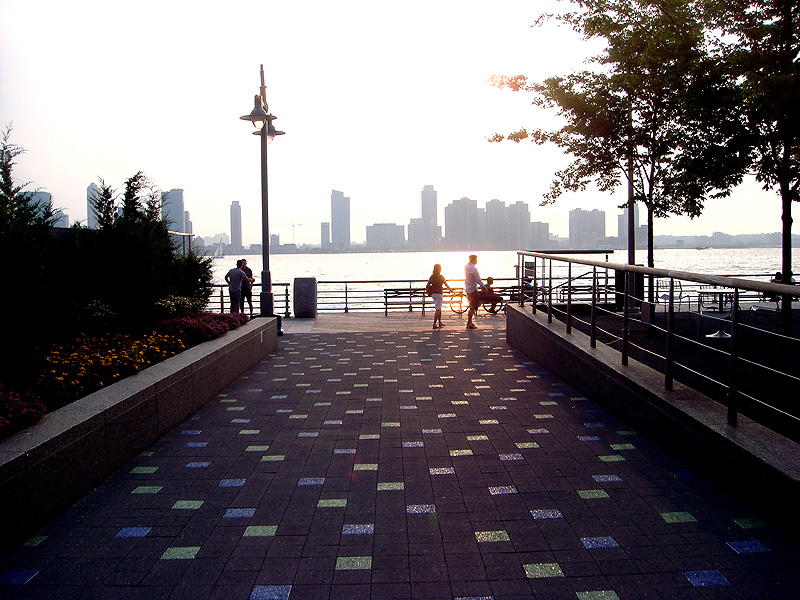
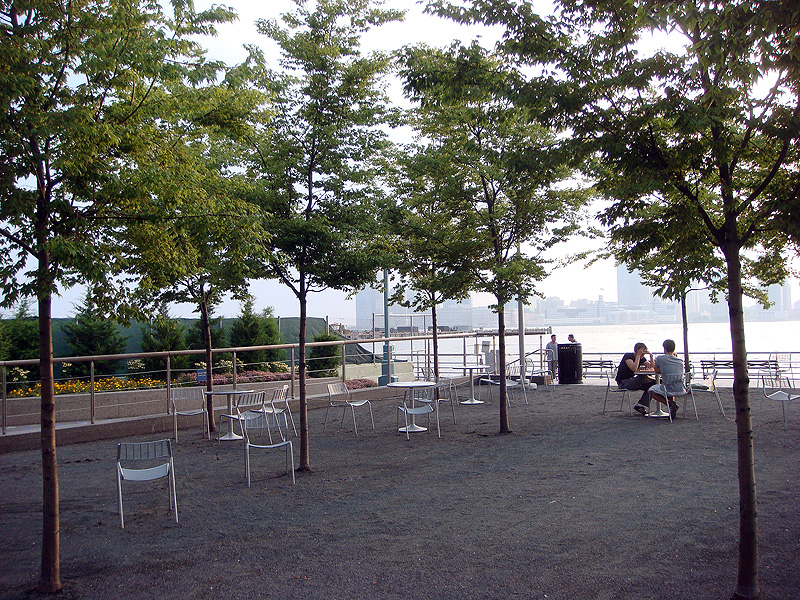
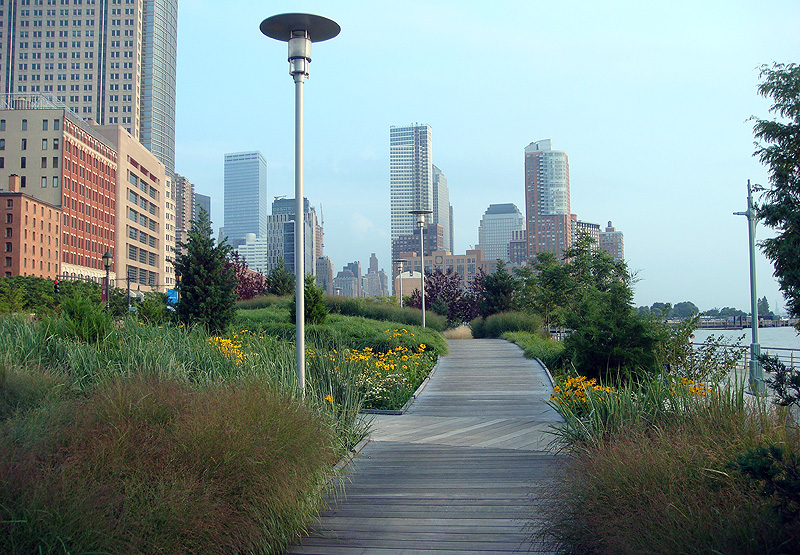
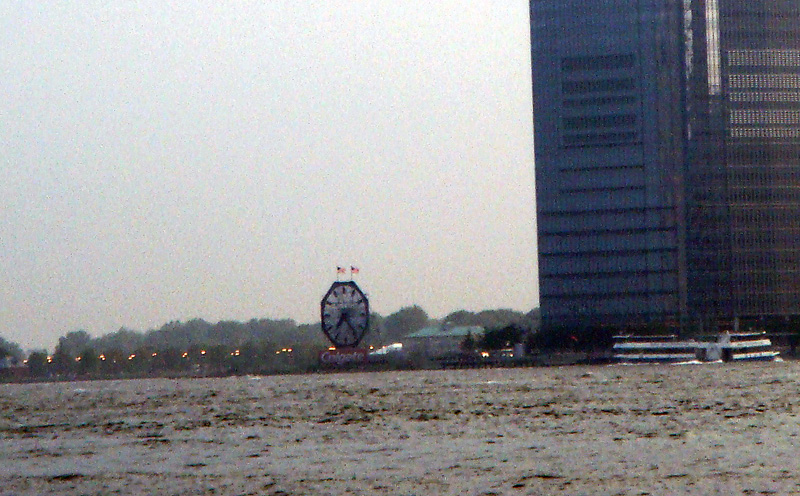
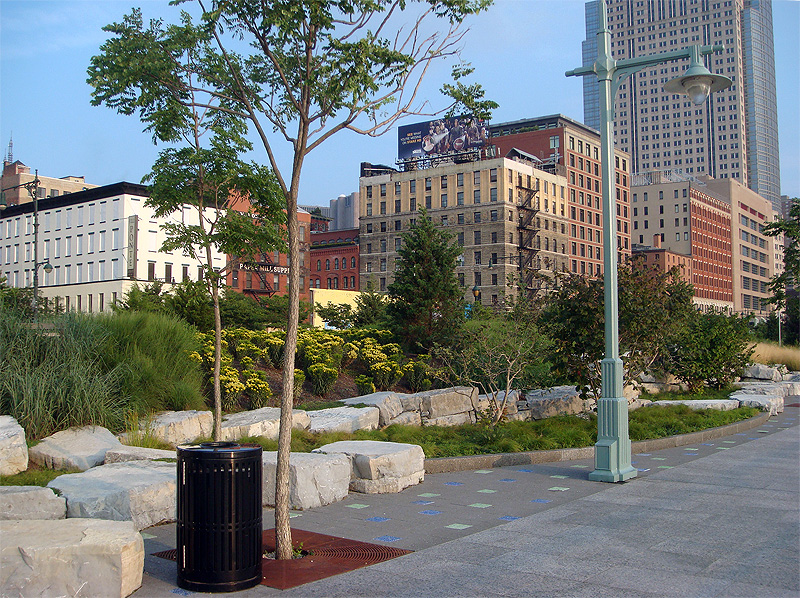
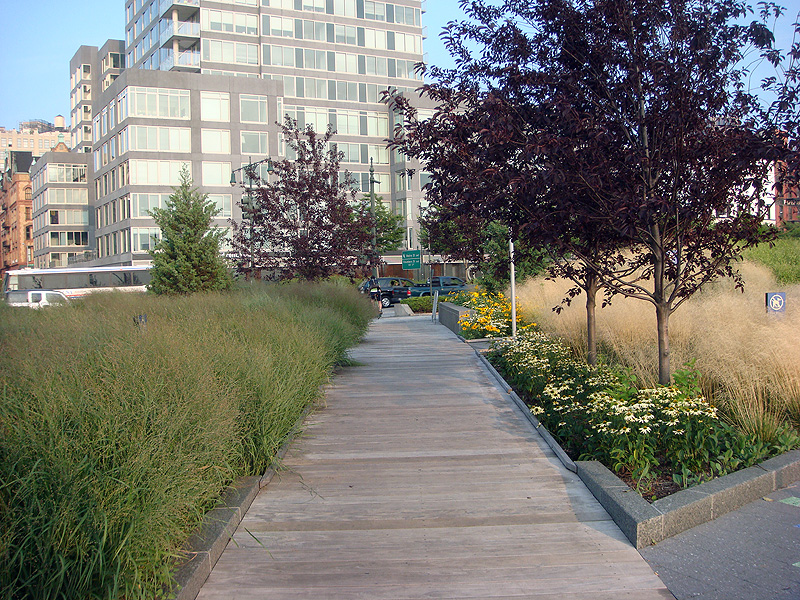
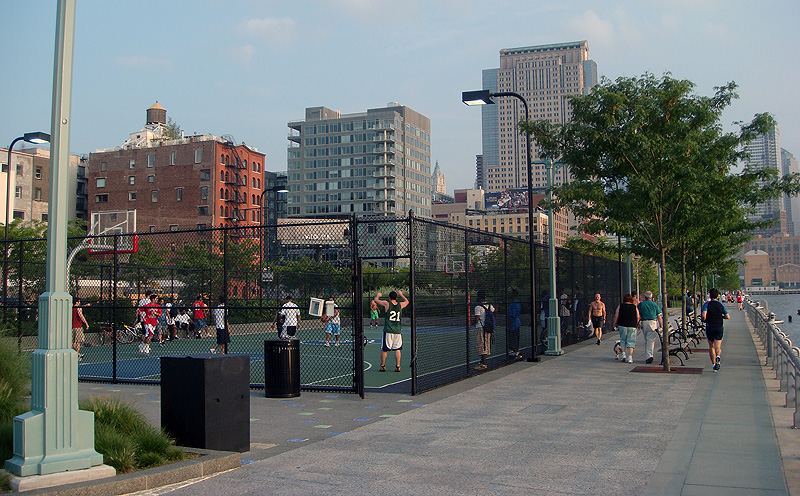
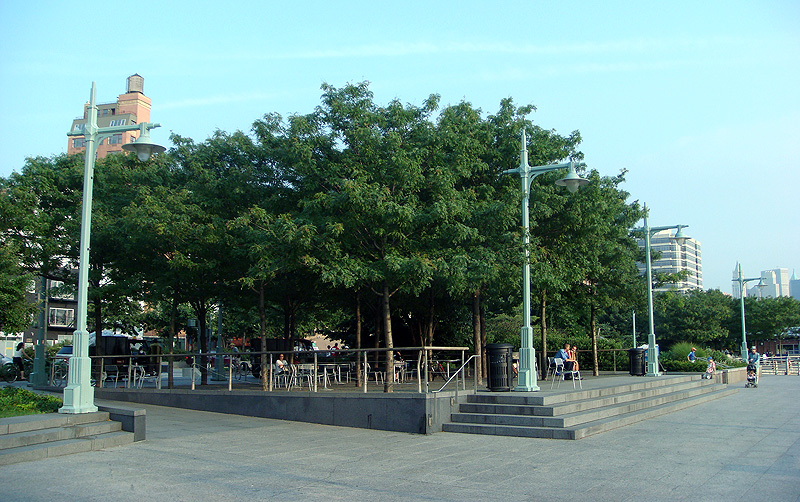

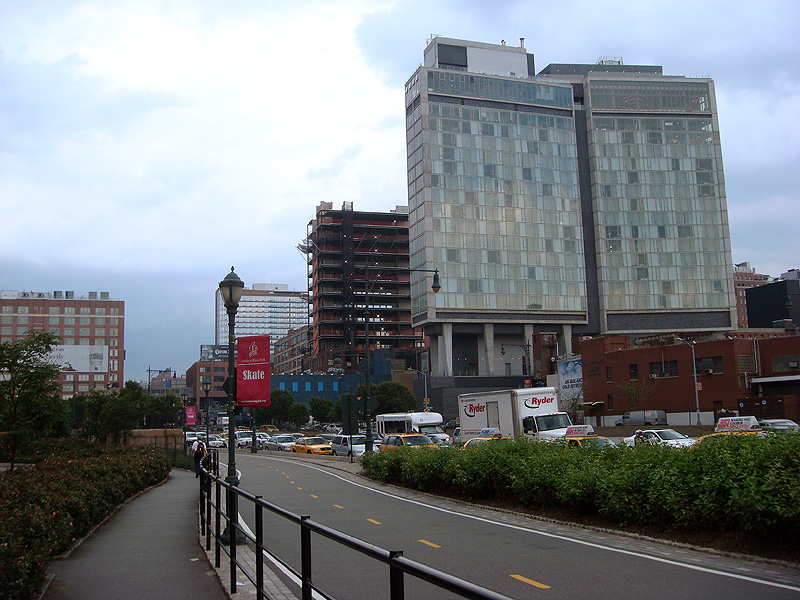
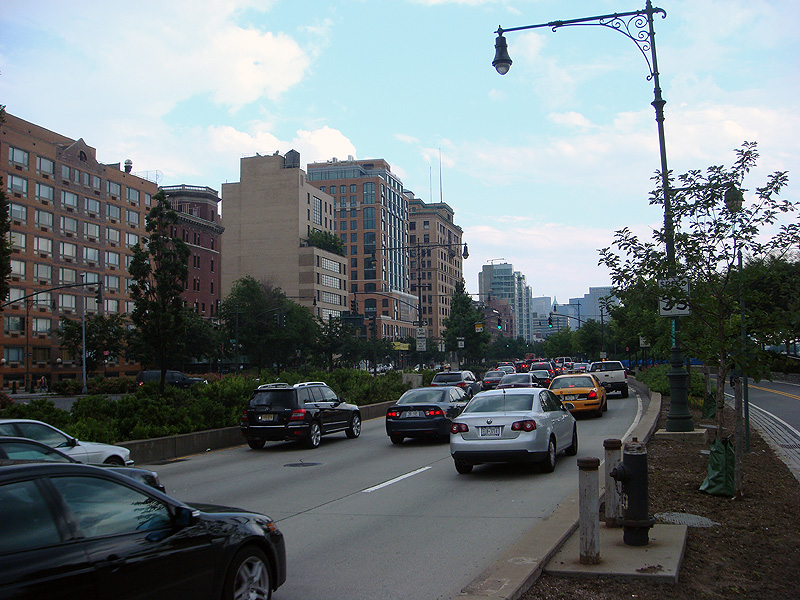
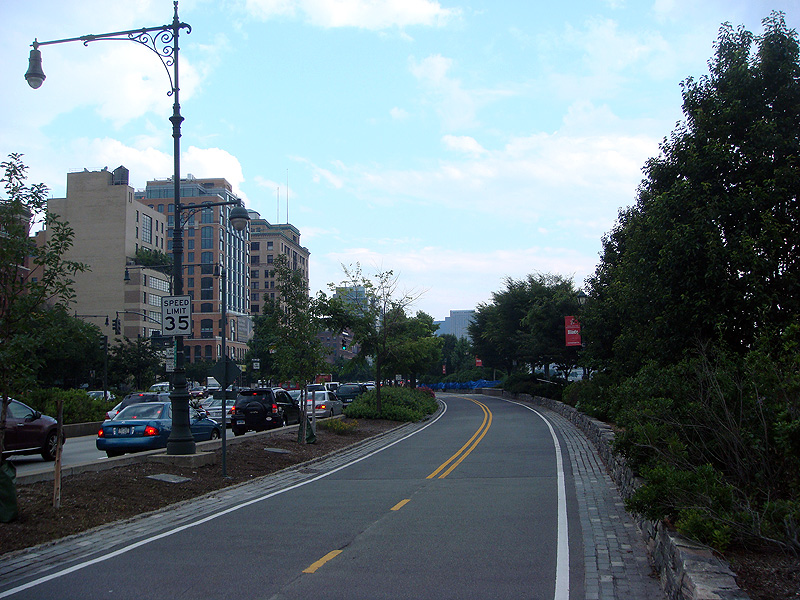

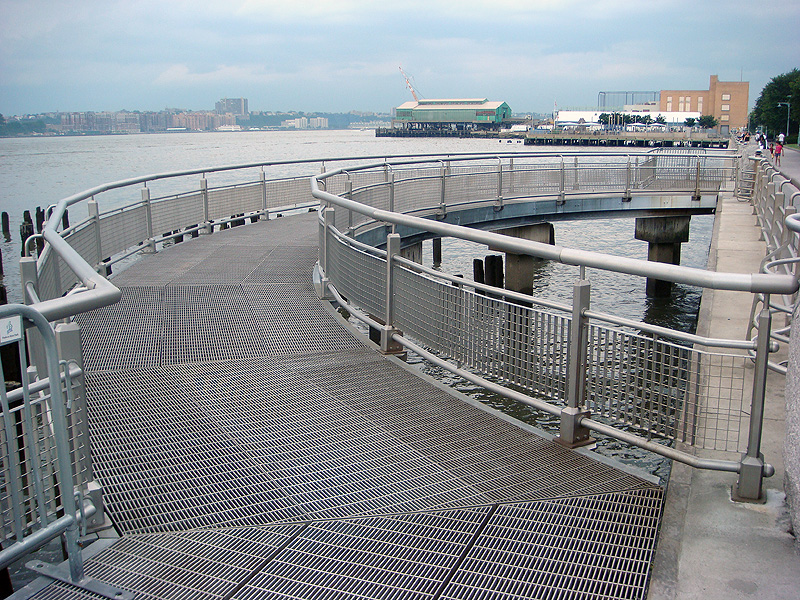

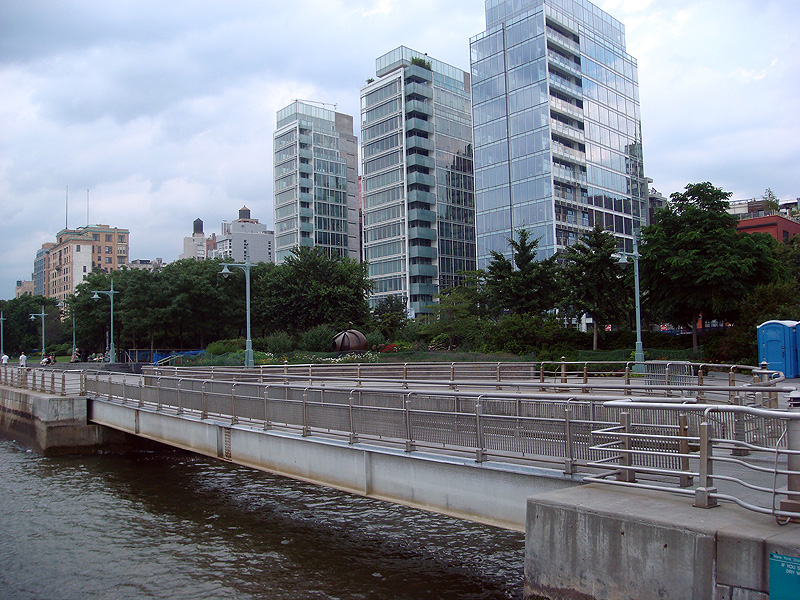
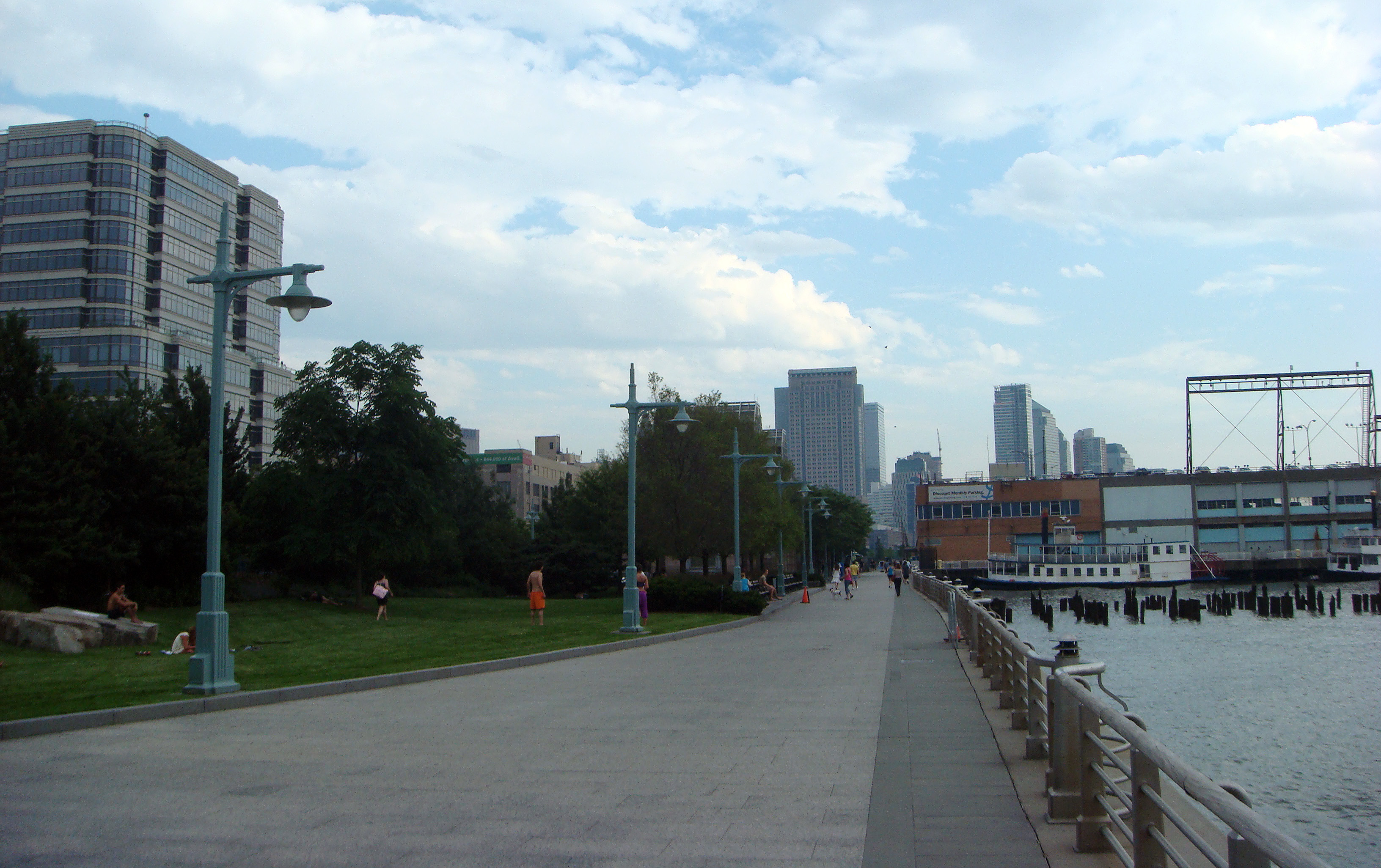


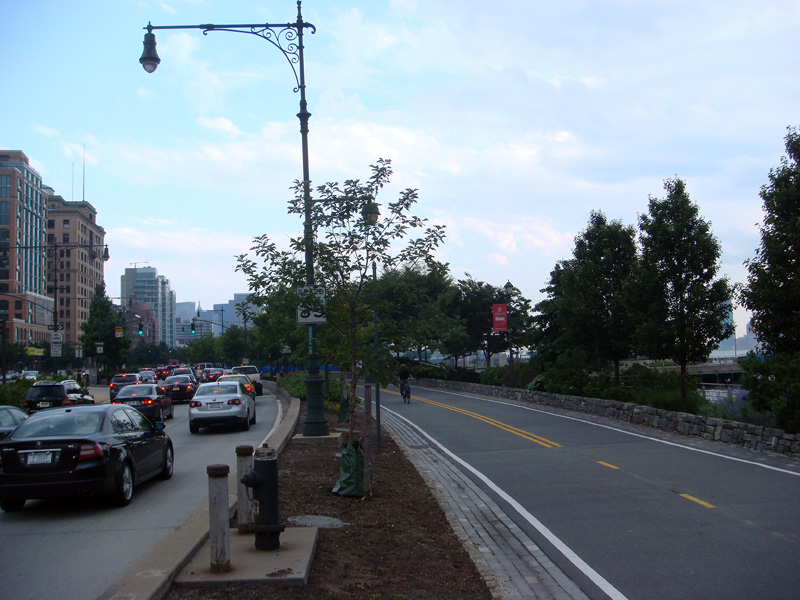

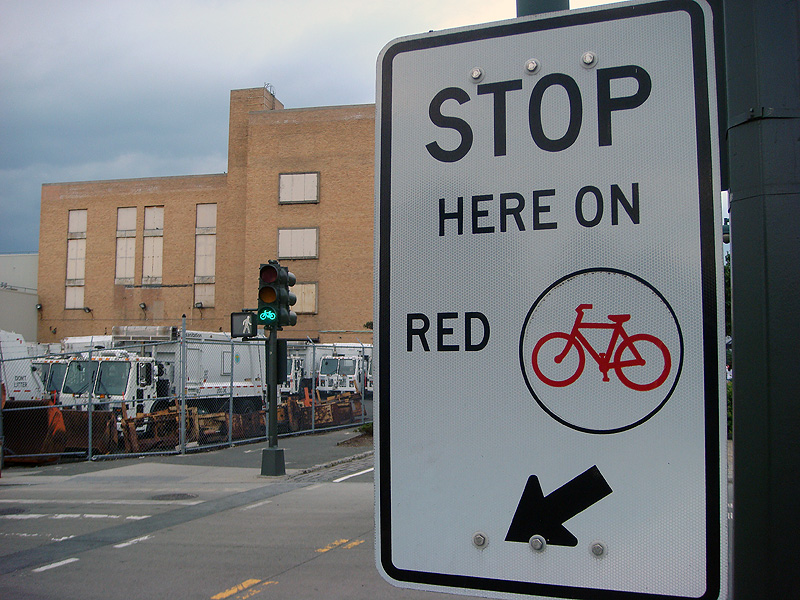
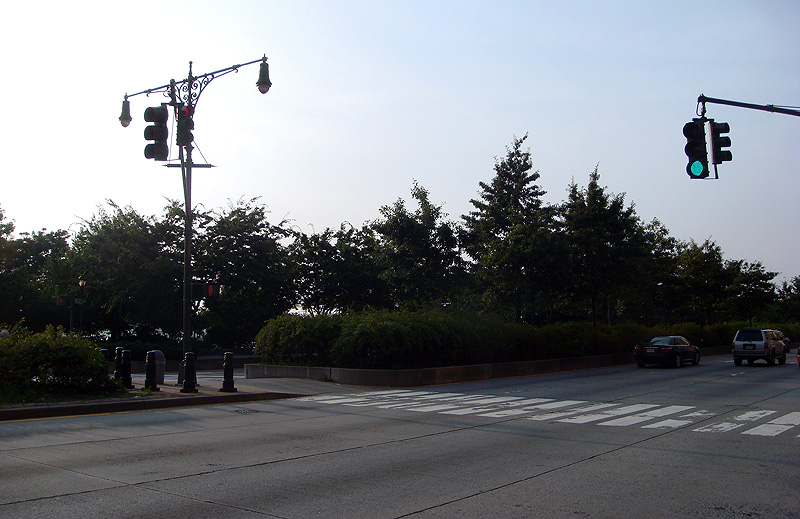
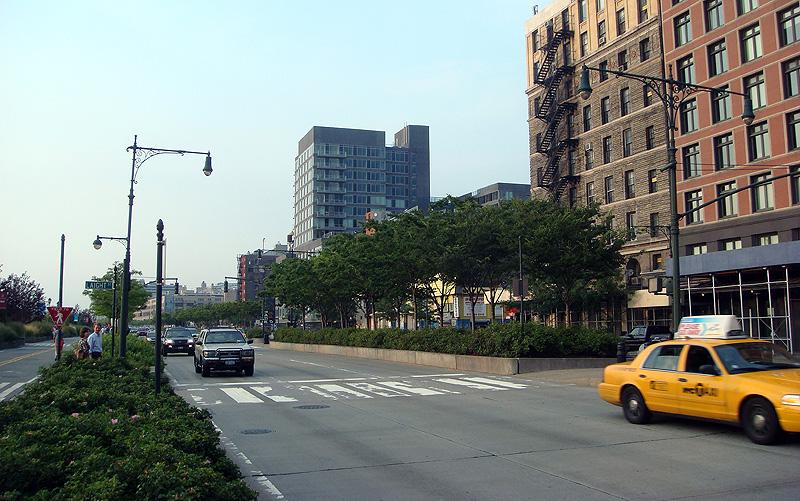
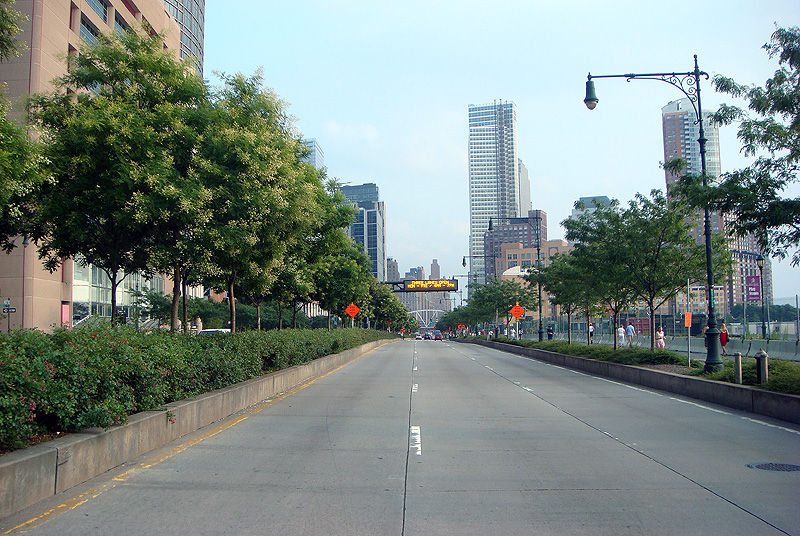
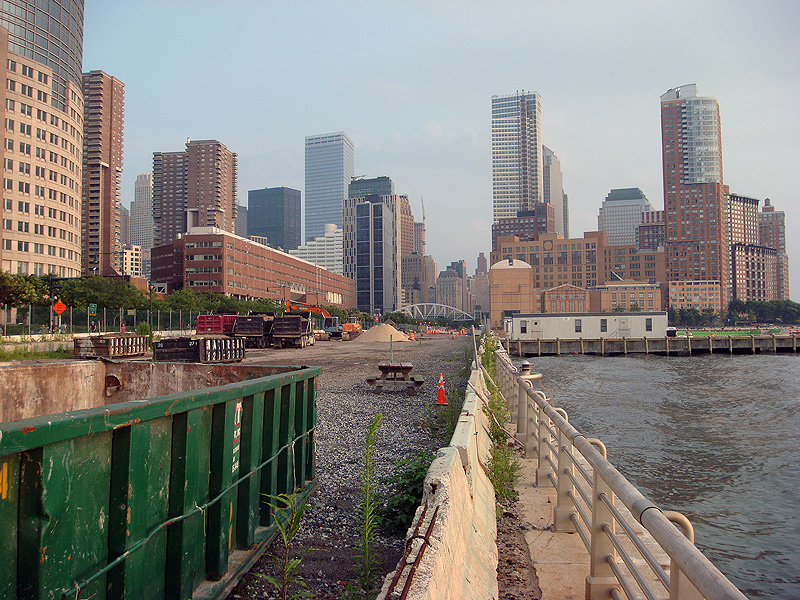

Thanks for the inspirational story. I’ve heard a bit about this before, but hadn’t heard as much detail nor seen so many photos. This is an especially timely post, as the bridges debate continues on with discussion about tolls and tolling authorities and such.
It’s pretty amazing to see the completed transformation. There are many new buildings in this area, some of them extremely expensive. For example, celebrities are buying into one “starchitect” designed building right on the boulevard; think names like Nicole Kidman, Calvin Klein, Martha Stewart. The park and boulevard have done wonders for real estate in the area. I have a few more posts lined up to continue this theme, so stay tuned.